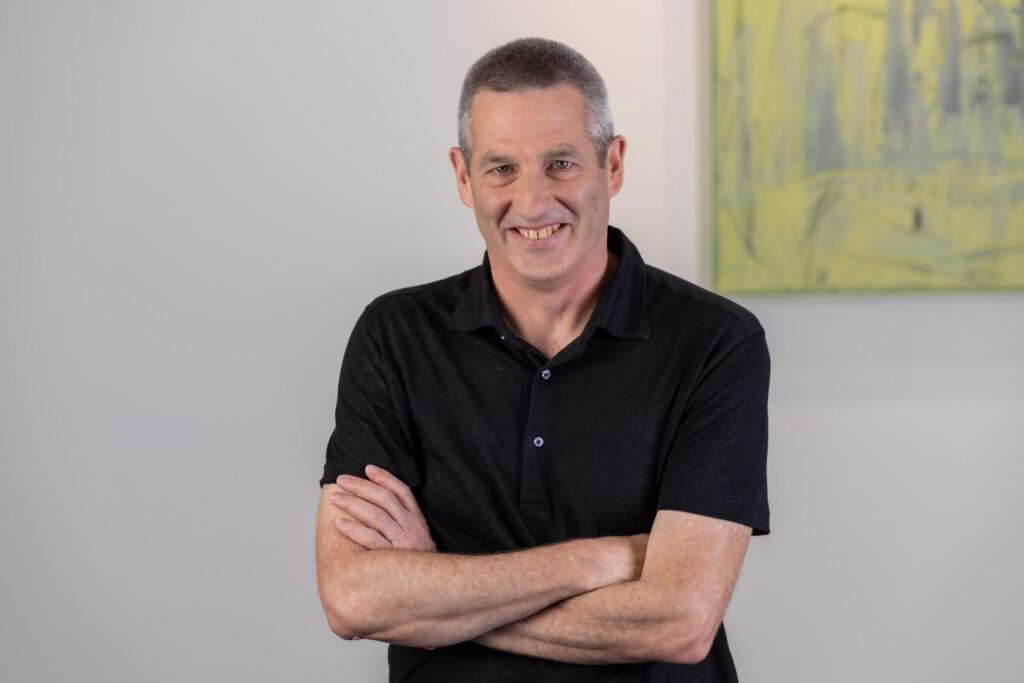Seed Capital
1Mby1M Virtual Accelerator AI Investor Forum: With Krishnakumar Natarajan, Co-Founder of Mela Ventures (Part 3)
Sramana Mitra: So, tell me, what AI companies have you invested in? Let’s do a few case studies and as you are describing them, talk about why you have invested in those companies.
>>>1Mby1M Virtual Accelerator AI Investor Forum: With Krishnakumar Natarajan, Co-Founder of Mela Ventures (Part 2)
Sramana Mitra: Very good. Just as ChatGPT broke into the mainstream consciousness and really put AI at the center of discussions, The first wave of startups that came out of that euphoria are mainly wrappers. To your point, wrappers don’t have a deep moat in terms of being an AI centric company that is really going to be able to take advantage of AI and build significant defensive advantage to in enterprise applications.
>>>1Mby1M Virtual Accelerator AI Investor Forum: With Krishnakumar Natarajan, Co-Founder of Mela Ventures (Part 1)

Krishnakumar Natarajan, Co-founder at Mela Ventures, discusses his firm’s AI investment thesis.
>>>1Mby1M Virtual Accelerator AI Investor Forum: With Daniel Cohen, General Partner at Viola Ventures (Part 6)
Sramana Mitra: There’s a part that is very worrisome. Have you read Yuval Noah Harari’s most recent book, Nexus?
>>>1Mby1M Virtual Accelerator AI Investor Forum: With Daniel Cohen, General Partner at Viola Ventures (Part 5)
Sramana Mitra: I think the capabilities are extremely interesting. You can bring it down to areas where we can actually apply things like that, where there will be immediate value, and we can build a business around that.
I think interviewing candidates is one such application. Instead of ten candidates, if you want to interview 1,000 candidates and filter that down to the ten that are a good fit, that is a great application of this kind of technology or human representation technology that you’re talking about.
>>>1Mby1M Virtual Accelerator AI Investor Forum: With Daniel Cohen, General Partner at Viola Ventures (Part 3)
Sramana Mitra: Let’s discuss the ones that are lower hanging fruits. It would be interesting for us to hear what you have invested in, where you don’t think the price is so far out and where you can start seeing real value or impact now. What are some of the companies that you’ve invested in and why?
>>>1Mby1M Virtual Accelerator AI Investor Forum: With Daniel Cohen, General Partner at Viola Ventures (Part 2)
Sramana Mitra: Which ones do you categorize as the ones that are going to be the harder to deal with?
Daniel Cohen: There are areas in the world that technology has disrupted and yet not disrupted at all. If you look at Healthcare, on one hand, of course our life’s changed completely, but then there’re some things that are exactly the same.
>>>1Mby1M Virtual Accelerator AI Investor Forum: With Daniel Cohen, General Partner at Viola Ventures (Part 1)

Daniel Cohen, General Partner at Viola Ventures, discusses his firm’s AI Investment thesis. If you have been following this series, you know that it has yielded a lot of insights.
>>>